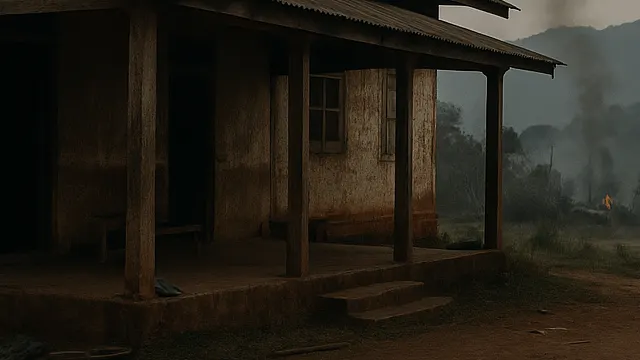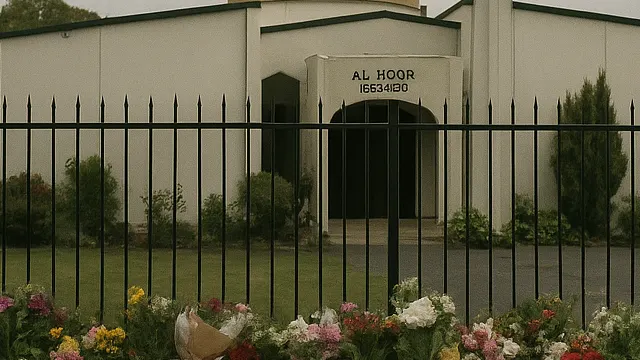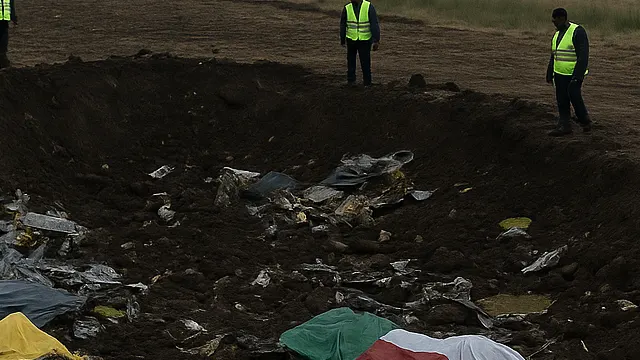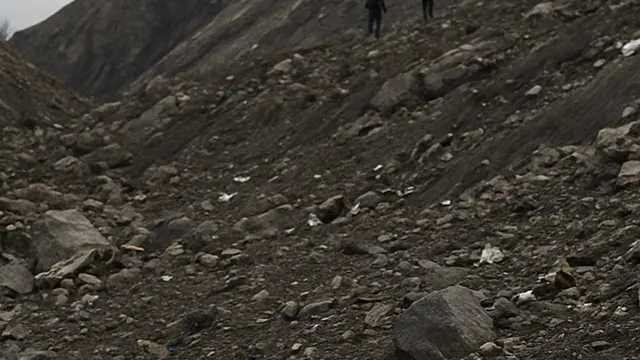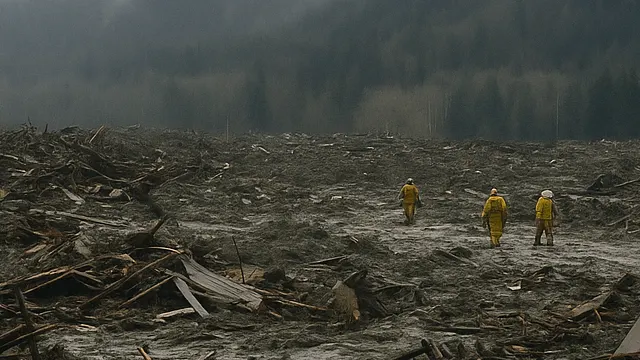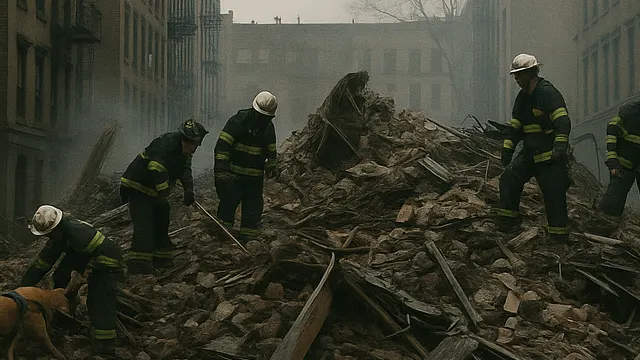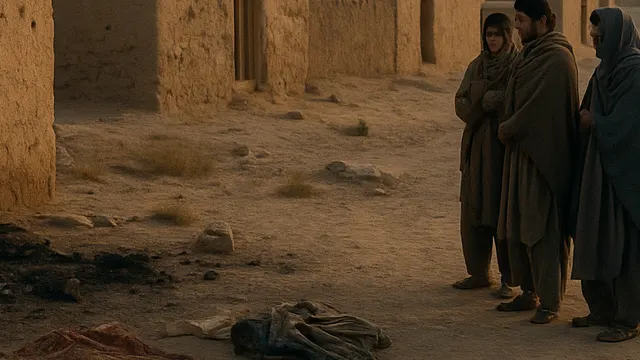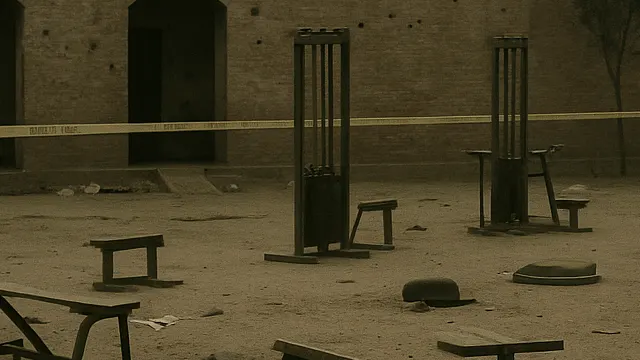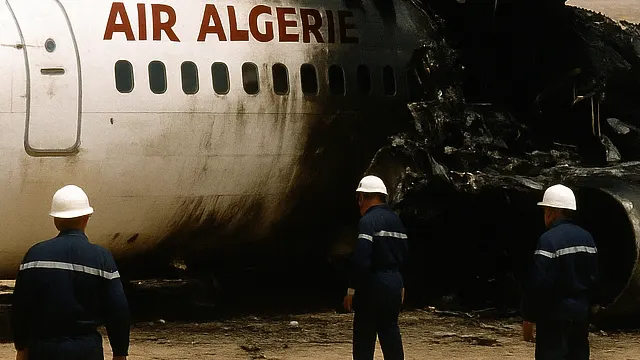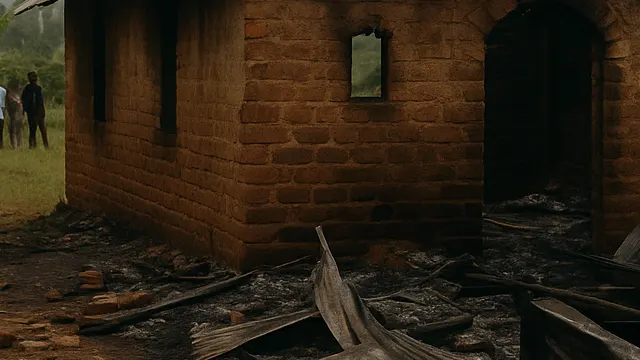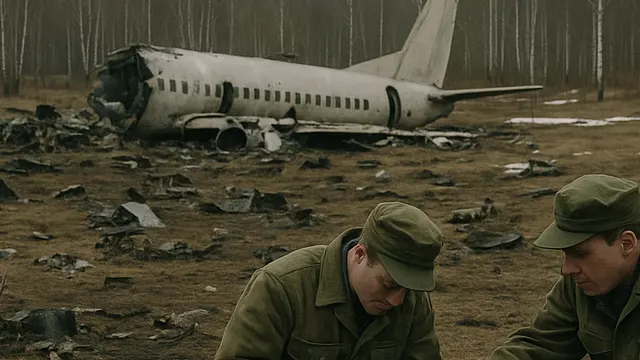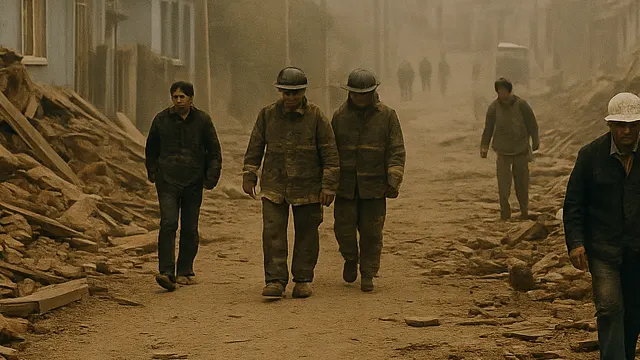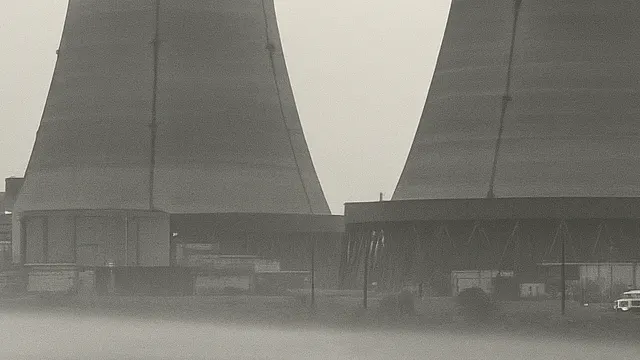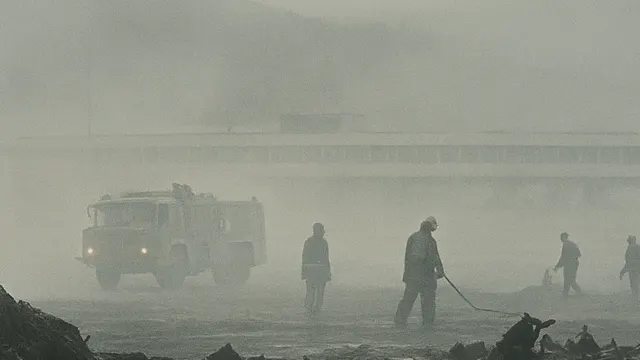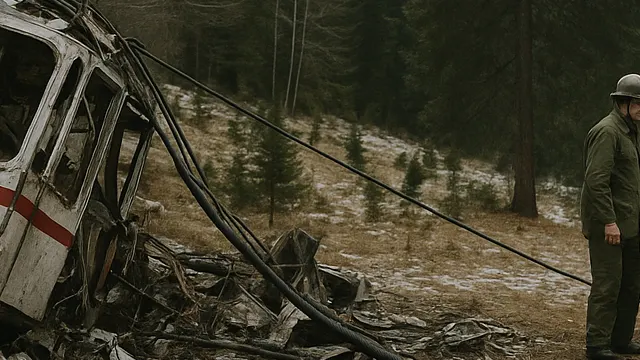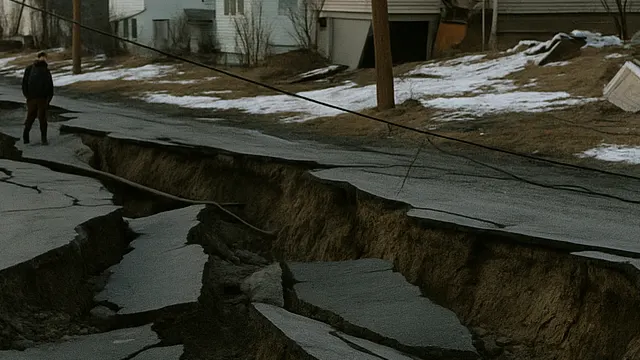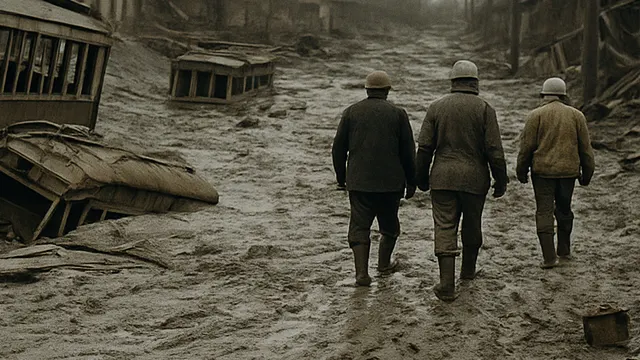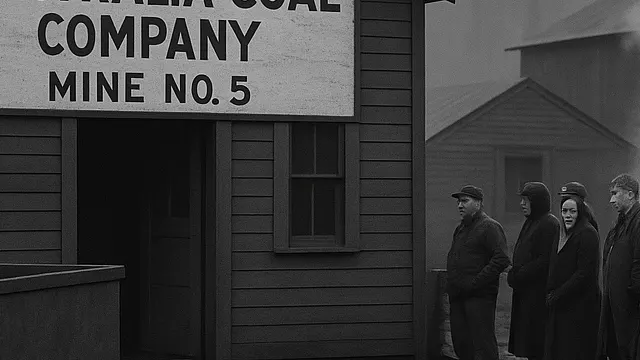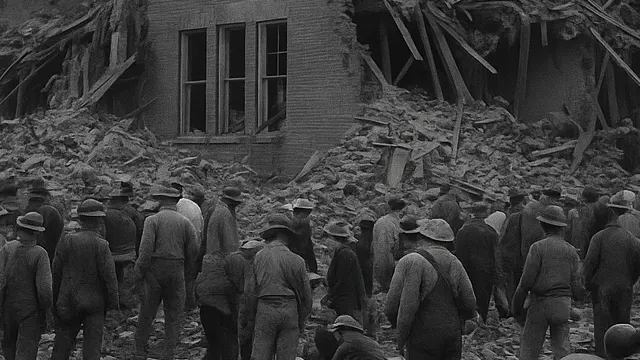March
Francis Scott Key Bridge Collapse (Baltimore)
In the early hours of March 26, 2024, the Francis Scott Key Bridge in Baltimore was struck by the Singapore-flagged container ship MV Dali after the vessel lost power. The resulting collision caused a catastrophic collapse, plunging vehicles and construction workers into the Patapsco River, halting port operations, and triggering a widespread investigation and massive recovery effort.
Pinlaung Massacre
On March 11, 2023, Myanmar military forces and allied militia killed at least 22 civilians, including Buddhist monks, at the Nan Nein village monastery in Pinlaung Township, Shan State. The atrocity, part of Myanmar’s escalating post-coup conflict, drew international condemnation and stands as one of the conflict’s most notorious civilian massacres.
2021 Sohag Train Collision
On March 26, 2021, two passenger trains collided near Al-Sawam’a village in Sohag Governorate, Egypt. The crash, triggered by an unauthorized emergency brake activation, resulted in at least 19 deaths and over 185 injuries. The tragedy exposed longstanding issues in Egypt’s railway system, including inadequate safety protocols, staff negligence, and outdated infrastructure, igniting national calls for reform and accountability.
Stay in the Loop!
Become a Calamity Insider and get exclusive Calamity Calendar updates delivered straight to your inbox.
Thanks! You're now subscribed.
The Hlaingthaya Massacre
On March 14, 2021, Myanmar security forces carried out a deadly crackdown on anti-coup protesters in Hlaingthaya Township, Yangon, resulting in at least 65 civilian deaths and widespread destruction. The massacre marked a turning point in the military junta’s violent suppression of dissent following the February coup, with grave consequences for local workers and the national economy.
Killing of Breonna Taylor
The fatal shooting of Breonna Taylor by Louisville police during a late-night raid on March 13, 2020, became a national catalyst for protest, debate, and reform regarding policing, race, and accountability in the United States.
Christchurch Mosque Shootings
On March 15, 2019, a lone gunman carried out mass shootings at two mosques in Christchurch, New Zealand, killing 51 worshippers and injuring 40 more. The attack, motivated by white supremacist ideology and live-streamed online, led to national mourning, swift legislative reform, international solidarity, and a reckoning with the threat of far-right violence.
Ethiopian Airlines Flight 302 Crash
On March 10, 2019, Ethiopian Airlines Flight 302, operating a Boeing 737 MAX 8, crashed near Bishoftu, Ethiopia, just six minutes after takeoff, killing all 157 people on board. This disaster followed another 737 MAX crash less than five months prior and triggered a worldwide grounding of the aircraft, a global reckoning over aviation safety, and widespread scrutiny of Boeing and aviation regulators.
Germanwings Flight 9525 Crash
On March 24, 2015, Germanwings Flight 9525 crashed into the French Alps after its copilot deliberately locked the captain out of the cockpit and initiated a fatal descent, killing all 150 people aboard. The event shocked the aviation world, led to rapid changes in airline cockpit policies, and ignited sustained debate on mental health monitoring within the airline industry.
Disappearance of Malaysia Airlines Flight 370 (MH370)
On March 8, 2014, Malaysia Airlines Flight 370 vanished during a routine flight from Kuala Lumpur to Beijing, sparking the largest and most costly aviation search in history. With the loss of all 239 people aboard and only scattered debris found years later, MH370’s fate remains the subject of ongoing mystery, grief, and international scrutiny.
The 2014 Oso Mudslide
The Oso Mudslide of March 22, 2014, swept through a rural Washington neighborhood, killing 43 people and destroying nearly 50 homes—the deadliest landslide in U.S. history. It catalyzed changes in landslide hazard awareness, emergency response, and community resilience.
The 2014 Kunming Train Station Attack
On March 1, 2014, the Kunming Railway Station in Yunnan Province, China, became the scene of a violent mass knife attack attributed to Uyghur separatists, resulting in 31 deaths and over 140 injuries, and highlighting ethnic tensions in China.
2014 East Harlem Gas Explosion
On March 12, 2014, a deadly natural gas explosion destroyed two apartment buildings on Park Avenue in East Harlem, Manhattan, killing eight people and injuring dozens. The disaster exposed the vulnerability of New York City's aging gas infrastructure and led to major reforms in utility oversight, pipeline replacement, and emergency response.
Sierre Coach Crash
The Sierre coach crash was a devastating bus accident on March 13, 2012, in a Swiss motorway tunnel. It claimed the lives of 28 people—22 of them schoolchildren—returning from a Belgian school ski trip, becoming one of Europe's deadliest road disasters of the 21st century. The cause remains officially inconclusive.
The Kandahar Massacre
On March 11, 2012, in southern Afghanistan’s Panjwayi District, US Army Staff Sergeant Robert Bales left his outpost twice during the night and murdered 16 Afghan villagers, including nine children, in the rural villages of Alkozai and Najiban. The massacre shocked both Afghanistan and the world, fueling outrage, upending fragile relations, and forcing reckonings about war, trauma, and military oversight.
Brazzaville Arms Dump Blasts
On March 4, 2012, a series of catastrophic explosions erupted at a military ammunition depot in Brazzaville, Republic of the Congo, resulting in significant loss of life and widespread destruction.
2009 Lahore Police Academy Attack
On March 30, 2009, militants disguised as police officers launched a coordinated assault on the Manawan Police Training School in Lahore, Pakistan. The siege lasted nearly eight hours, leaving at least 19 people dead (including police, civilians, and attackers), more than 95 injured, and exposing critical vulnerabilities in Pakistan’s urban security. The attack marked a turning point in the country’s battle against terrorism and led to sweeping security reforms.
Capitol Hill massacre
On March 25, 2006, Kyle Aaron Huff opened fire at a house party in Seattle’s Capitol Hill neighborhood, killing six and injuring two before taking his own life. The massacre shook Seattle’s alternative arts community and reignited debates about gun access, mental health, and public safety.
The Cumbres Case
The chilling Cumbres Case traces the violent actions of Diego Santoy Riveroll against the Peña Coss family in Monterrey, Mexico, leaving a society shaken by its brutality.
Mayerthorpe Tragedy
The Mayerthorpe Tragedy marked a dark day for Canadian law enforcement, claiming the lives of four RCMP officers at the hands of a violent felon, James Roszko.
Air Algérie Flight 6289 Crash
On March 6, 2003, Air Algérie Flight 6289 crashed shortly after takeoff near Tamanrasset, Algeria, due to an engine failure, resulting in 102 casualties and one survivor.
The Kanungu Massacre: Movement for the Restoration of the Ten Commandments of God
In March 2000, more than 900 followers of a Ugandan doomsday cult perished in a coordinated series of mass killings and a deadly fire, making the Kanungu Massacre one of history's deadliest cult tragedies. The event exposed the lethal consequences of exploitation, despair, and unregulated religious fervor.
Heaven's Gate Mass Suicides
In late March 1997, thirty-nine members of the religious group Heaven’s Gate died by mass suicide in a rented mansion in Rancho Santa Fe, California. Led by Marshall Applewhite, the group believed that they would ascend to an extraterrestrial spacecraft trailing the Hale-Bopp comet, escaping Earth’s impending destruction. Their deaths shocked the nation and prompted renewed scrutiny of cults, charismatic leadership, and psychological vulnerability.
Murder of Selena
On March 31, 1995, Selena Quintanilla-Pérez—a beloved Tejano singer and cultural icon—was fatally shot by her former fan club president, Yolanda Saldívar, at a Corpus Christi motel. Selena’s death shocked millions of fans, devastated the Mexican-American community, and left lasting impacts on music and celebrity culture.
The 1995 Tokyo Subway Sarin Attack
On March 20, 1995, members of the Aum Shinrikyo cult released sarin gas on Tokyo subway lines during rush hour, killing thirteen people and injuring over 5,500. The unprecedented attack exposed major vulnerabilities in public safety and led to sweeping changes in emergency response and anti-terrorism policy in Japan.
Aeroflot Flight 593 Crash
On March 23, 1994, Aeroflot Flight 593, an Airbus A310-304 flying from Moscow to Hong Kong, crashed into the Siberian mountains after the relief captain allowed his children to handle the controls, leading to a fatal loss of autopilot function and control. All 75 aboard perished. The disaster prompted global reforms in cockpit access and pilot training.
SAM Colombia Flight 501 Crash
The tragic crash of SAM Colombia Flight 501 in 1993 resulted in the loss of 140 lives and reshaped aviation safety measures by highlighting the risks of controlled flight into terrain and navigational errors within challenging topographies.
Palair Macedonian Airlines Flight 301 Crash
A tragic aviation disaster involving inadequate de-icing procedures that led to the crash of Palair Macedonian Airlines Flight 301, resulting in significant loss of life.
1985 Algarrobo Earthquake
A devastating earthquake struck the Valparaíso Region of Chile on March 3, 1985, resulting in significant loss of life and widespread damage.
The Three Mile Island Nuclear Accident
In March 1979, a combination of mechanical failures and human errors triggered a partial meltdown at the Three Mile Island nuclear facility near Harrisburg, Pennsylvania. No one died, but the incident shook public confidence in nuclear power, transformed industry practices, and reshaped the American energy debate.
The Amoco Cadiz Oil Spill
In March 1978, the supertanker Amoco Cadiz ran aground off the coast of Brittany, France, releasing its entire cargo of crude oil into the sea. The resulting spill was, at the time, the world’s largest, devastating 200 miles of pristine coastline, killing tens of thousands of seabirds, and transforming approaches to tanker safety and spill response worldwide.
Tenerife Airport Disaster
On March 27, 1977, two Boeing 747 passenger jets—flights operated by KLM and Pan Am—collided on a fog-shrouded runway at Los Rodeos Airport in Tenerife. With 583 lives lost, it remains the deadliest aviation disaster in history. The crash, set against a backdrop of crowded ramps, miscommunications, and a chilling lack of visibility, transformed the way the world thinks about cockpit protocol, air traffic control, and the fragile choreography of flight.
1976 Cavalese Cable Car Crash
On March 9, 1976, a cable car carrying 43 people crashed near Cavalese, Italy, after a catastrophic mechanical failure, killing all aboard. The disaster prompted major reforms in cableway safety standards across Italy and internationally.
The My Lai Massacre
On March 16, 1968, U.S. Army soldiers carried out the systematic killing of hundreds of unarmed Vietnamese civilians in the hamlet of My Lai during the Vietnam War. The massacre, initially covered up, was later exposed and became a defining moment for American public opinion on the war and for military codes of conduct.
Bloody Sunday
Bloody Sunday refers to the violent confrontation on March 7, 1965, at the Edmund Pettus Bridge where civil rights marchers met brutal resistance during their campaign for voting rights in Selma, Alabama.
The Good Friday Earthquake
On March 27, 1964, a magnitude 9.2 earthquake struck Southcentral Alaska, causing massive destruction, deadly tsunamis, and profound changes in science, emergency response, and seismic engineering. The disaster killed 131 people and remains North America’s most powerful recorded quake.
The Kurenivka Mudslide
On March 13, 1961, a catastrophic collapse of a dam containing industrial waste in Kyiv’s Kurenivka district unleashed a deadly mudslide, devastating a residential neighborhood and claiming scores of lives. The disaster, rooted in years of neglect and secrecy, was hastily covered up by Soviet authorities, leaving the true toll concealed for decades.
Sharpeville Massacre
On March 21, 1960, South African police opened fire on a crowd of Black protestors demonstrating against apartheid pass laws outside the Sharpeville police station, killing 69 people and wounding 180. The massacre marked a turning point in the anti-apartheid struggle, exposing the brutality of the regime to the world and triggering a lasting wave of resistance and global condemnation.
The Copenhagen Hypnosis Murders
In March 1951, a quiet Copenhagen neighborhood was shattered by the murders of two bank employees during a daylight robbery. The twist: the confessed killer, Palle Hardrup, claimed he had acted under hypnotic control, allegedly orchestrated by his enigmatic acquaintance, Bjørn Schouw Nielsen. The ensuing investigation and trial would probe the boundaries of responsibility, free will, and the darkest corners of the human mind.
The 1947 Centralia Mine Disaster
On March 25, 1947, a catastrophic explosion in Centralia Coal Company Mine No. 5, Illinois, killed 111 miners and exposed years of ignored safety warnings. The tragedy spurred public outrage, congressional investigations, and sweeping changes in federal mine safety laws.
The New London School Explosion
On March 18, 1937, an undetected natural gas leak beneath the New London School in Texas ignited, causing a catastrophic explosion that killed at least 294 people — mostly children — making it the deadliest school disaster in American history.

